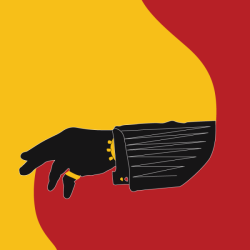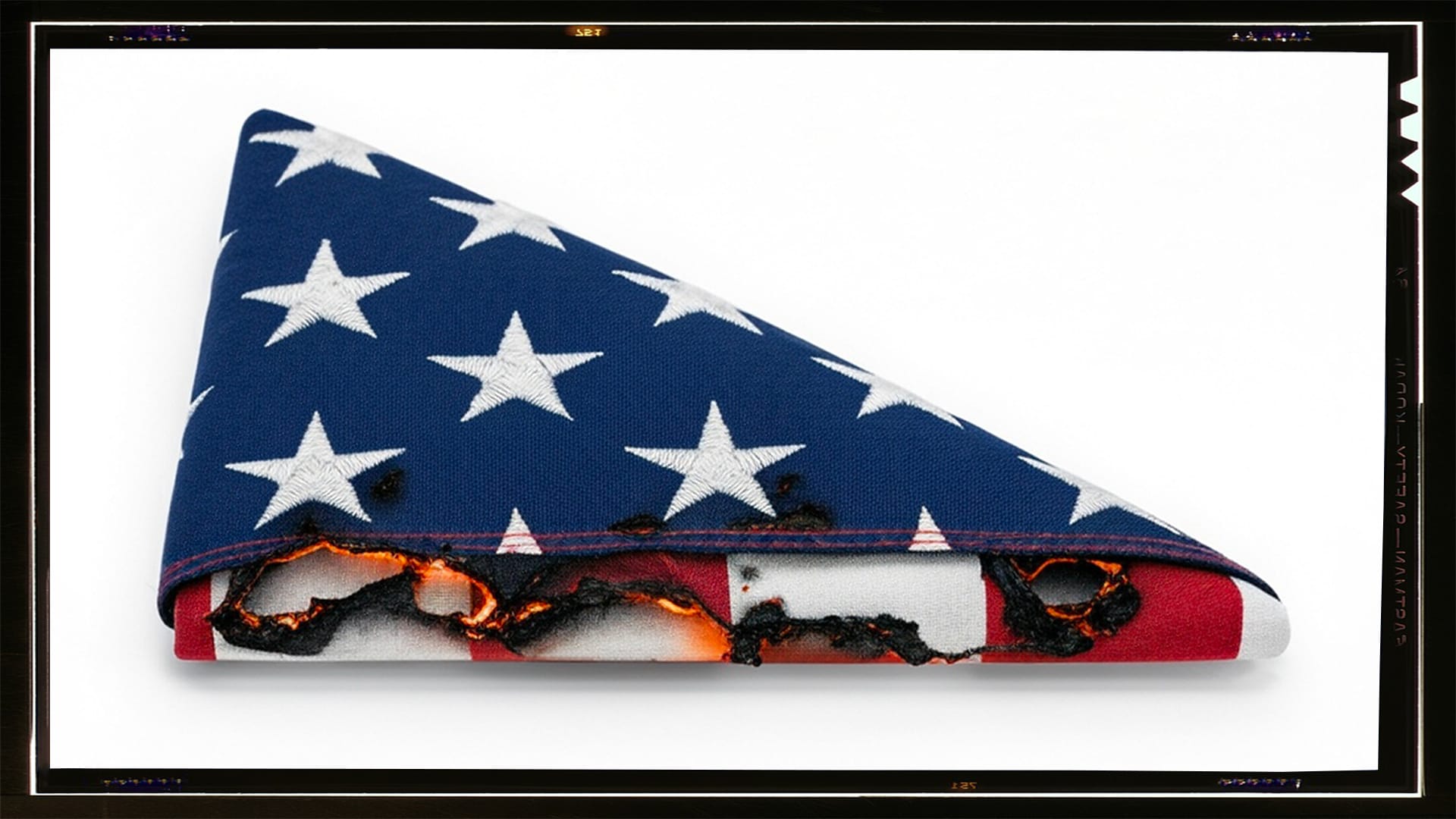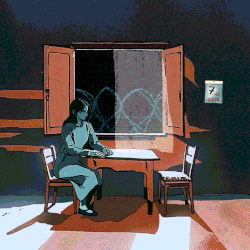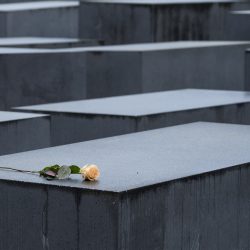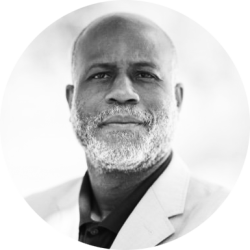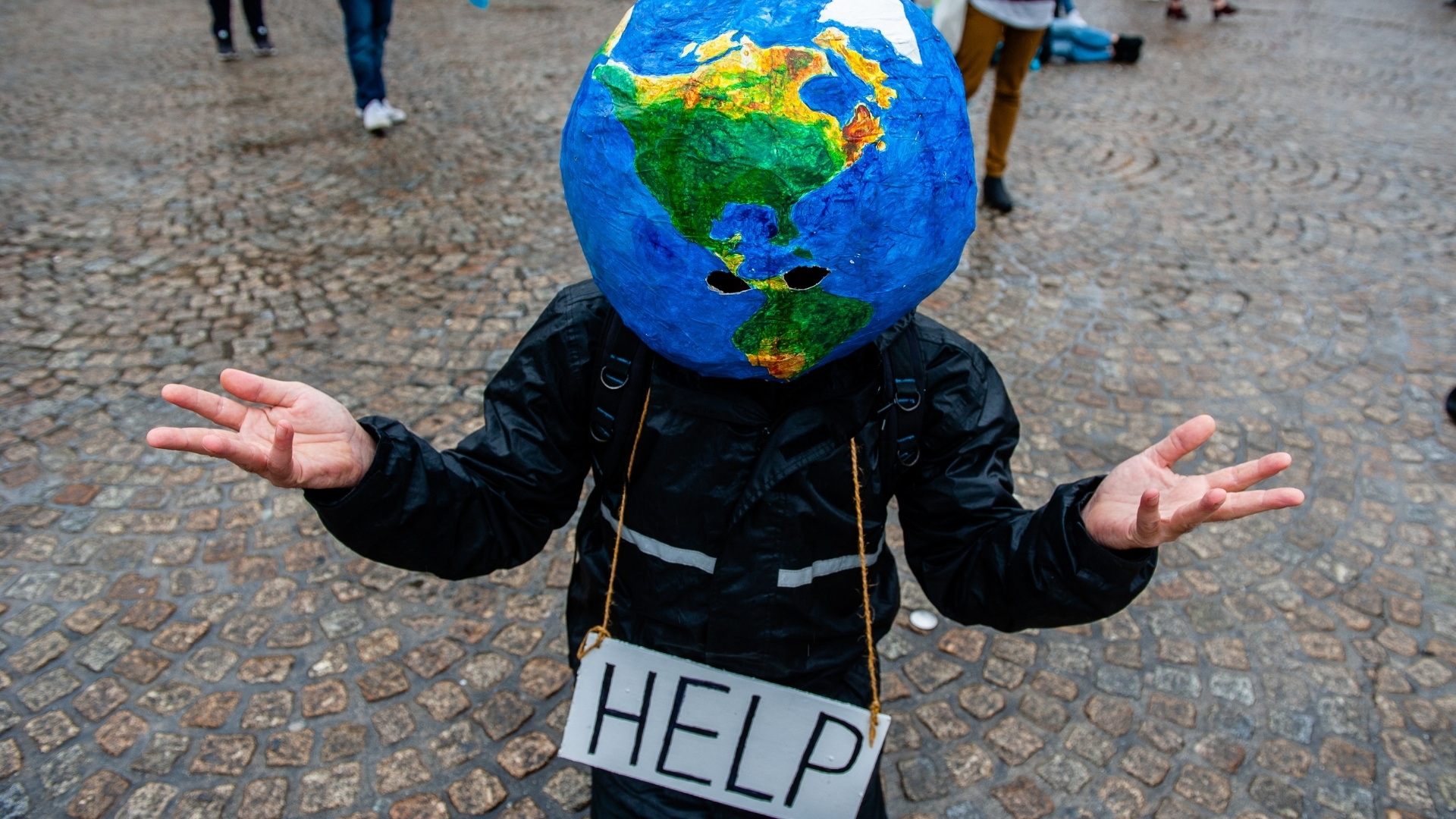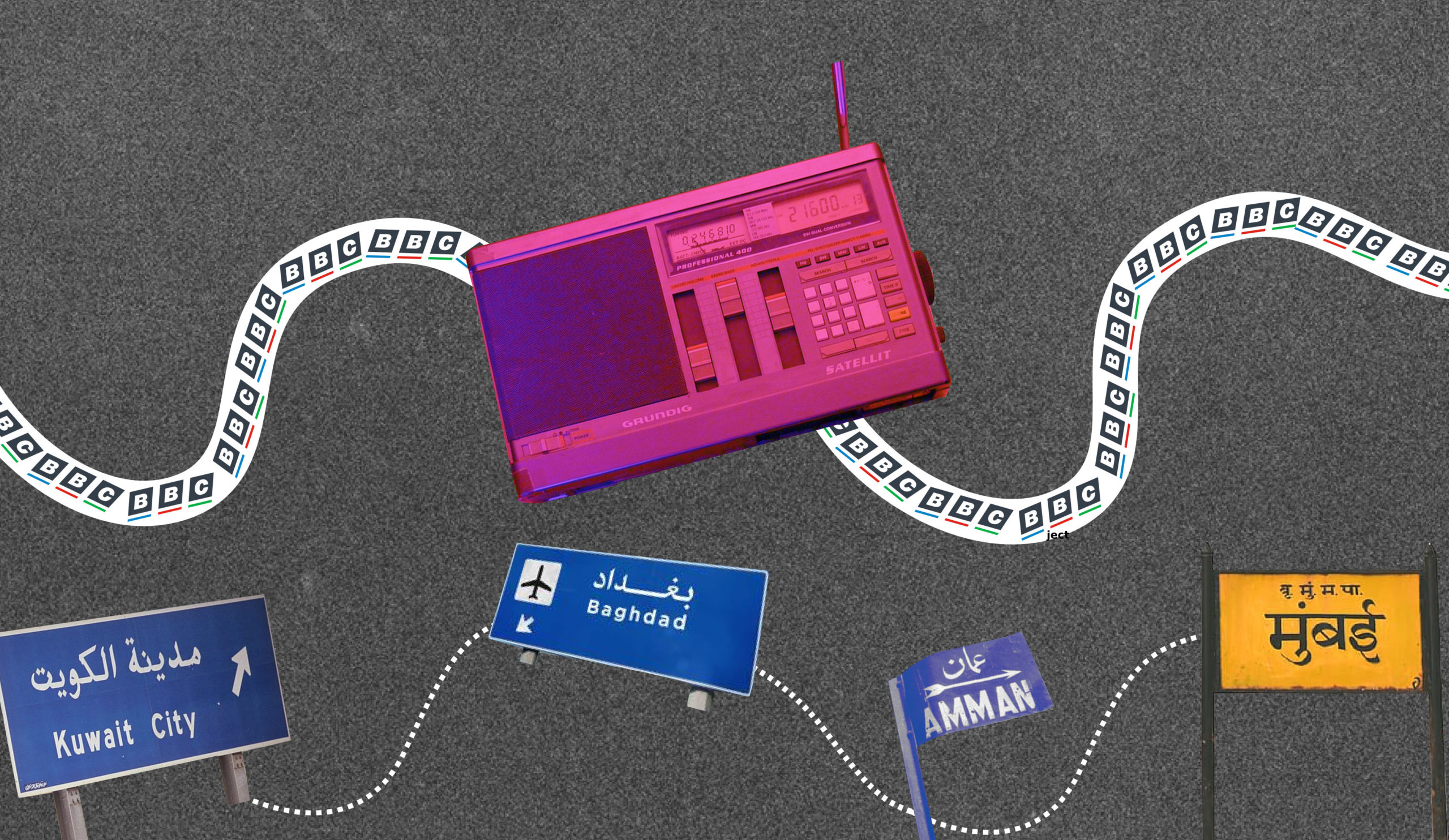The memory that never died
I was at a park near where Florida A&M University and Florida State University campuses overlapped in Tallahassee some forty years ago, enjoying the warm air and easy company of friends, when I overheard a white student waxing nostalgic about the Civil War.
“The South should have won,” he said wistfully, as though mourning a missed opportunity rather than a moral catastrophe.
My friends and I exchanged glances. As the outspoken one in the group, I called back, “We beat you last time, and we’ll do it again.”
At the time, I was a sophomore at FAMU, an Historically Black College and University, immersed in African and U.S. history, surrounded by a vibrant, intellectual, Pan-African community that shaped my view of the world.
It was an oasis—an environment where I could think deeply and freely about the past and its implications for the present.
That encounter seemed trivial then, but in hindsight, it revealed something festering beneath the surface of American life: a refusal, especially among some white Americans, to reckon with the legacy of the Civil War.
A family that defied the script
Years later, I would revisit that moment when I went to pick up my daughter at school. She bears the richness of two heritages—mine rooted in Haiti’s resistance, her mother’s Midwestern sensibilities.
Upon seeing me in the courtyard, one of her friends called out that her nanny was here to pick her up. Irritated, she shouted, “That’s my daddy, not my nanny.”
I smiled at her spunkiness. But I also knew that moment crystallized what I had always sensed: our very existence as a family disrupted someone’s idea of what America should look like.
In 1996, I wrote about our marriage for Essence Magazine. The stares. The quiet bewilderment. The feeling that our presence broke an unspoken rule. “Our very existence,” I wrote then, “disrupted someone’s idea of what America should look like.”
It still does.
A fire long smoldering
Four decades after that afternoon in Tallahassee, I’ve come to believe we’re in the midst of the Civil War’s final battle—not a clash of soldiers on a field, but a sociopolitical and cultural war threatening to tear the nation apart.
A fire is roaring through America’s foundations. It didn’t start yesterday. It wasn’t sparked by Black Lives Matter or the 2020 election or any single migrant crossing a border. No—this fire has been smoldering for generations, lit by the unfinished business of the Civil War.
“This is not a war between North and South or red and blue. It’s a war within whiteness itself.”
It’s a reckoning between two factions of white America:
– One trying to build a country where power is shared and history confronted.
– The other desperate to preserve a fantasy where they remain the sole heirs to the republic.
People of color are the excuse, not the cause. The rest of us are just trying not to get burned.
The arsonists and the alarm sounders
January 6 wasn’t just a riot—it was a flare from a deeper blaze.
When white Americans stormed the Capitol waving Confederate flags, Jesus banners, and Trump signs, they weren’t attacking a building. They were rejecting a future that no longer centers them.
They were not fringe. They were family—teachers, cops, veterans, neighbors—willing to overturn democracy to preserve supremacy.
On the other side are white Americans lighting different kinds of fires: truth-telling ones. They’re teaching real history, confronting privilege, tearing down monuments to lies.
But they’re outgunned by grievance—weaponized, monetized, and televised grievance. And nothing in America spreads faster than white grievance wrapped in the flag.
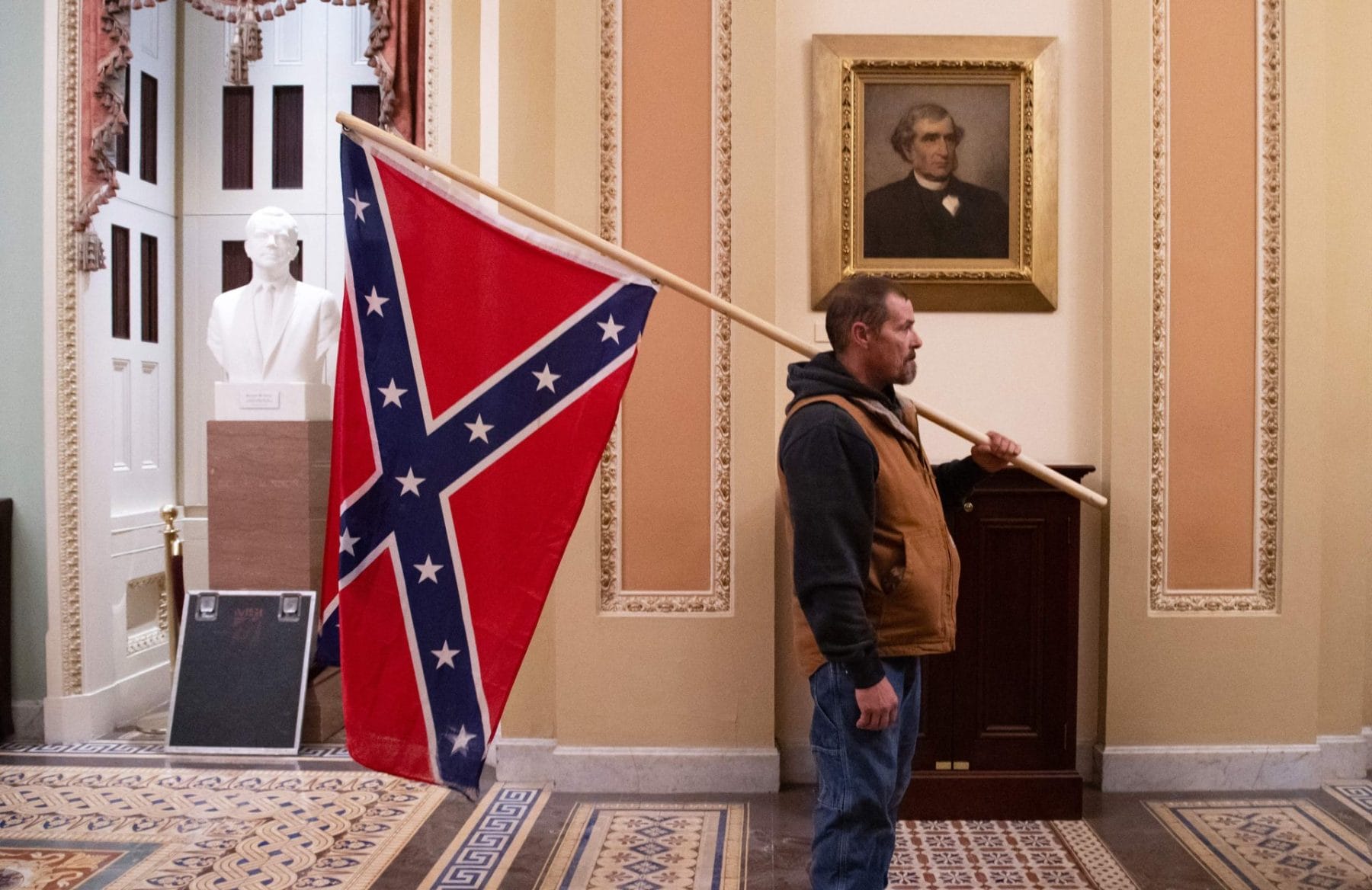
A fire fueled by fear
What drives this isn’t just racism—it’s fear.
Fear of losing centrality.
Fear of becoming “just another demographic.”
Fear that the stories they were told about greatness might be myths.
Equality feels like oppression when you’ve never experienced either.
This fear is tangled with economic despair and a longing for a past that never truly existed. As the promise of American prosperity falters, anger searches for a scapegoat. Immigrants. Black people. Queer youth. Anyone but the systems that failed them.
The refrain becomes familiar: “America is changing too fast.” But the truth is, America is finally starting to look like itself.
Witness from the margins
I write this not only as a journalist who has covered American democracy for decades, but as a Haitian immigrant who has lived its contradictions.
I arrived as a Black boy with a French accent, navigating the strange hierarchies of race in America. Later, I married a white woman from the Midwest. We raised biracial children in Brooklyn—a borough that celebrates difference in a country that often doesn’t.
For those of us not born here, the message is double-edged: assimilate into a crumbling house, or help rebuild it from the foundation up.
The Currency of Whiteness
For generations, whiteness has been an invisible currency—buying safety, authority, dominance. Now, that currency is losing value. The country is changing its exchange rate.
Some white Americans are hoarding what they can while they can. But people of color aren’t seeking revenge; we’re seeking balance. We don’t want to become what whiteness once was—we want to build something better.
But we can’t rebuild while one faction is holding a flamethrower.
The front lines
Go to any school board meeting, and you’ll see it. Parents shouting about “indoctrination,” demanding books be banned, LGBTQ kids erased.
Go to any legislature, and you’ll see laws crafted to silence, restrict, and erase.
Go online, and you’ll find young white men radicalized by digital preachers of hate.
This fire is not spontaneous—it is fed, stoked, and monetized.
Redefining whiteness
“What does it mean to be white in America without being supreme?”
That’s the question white Americans must face.
Without supremacy, whiteness becomes a blank page. Some see emptiness. Others see possibility.
The hope lies with those writing a new script: one rooted in solidarity, not superiority. But this new identity won’t be born in classrooms—it’ll be forged in discomfort, in truth-telling, in choosing democracy over delusion.
America’s burning house
America today is a house on fire. The flames were set long ago—some rooms built on slavery, others on exclusion, others on stolen land.
Some white Americans are the arsonists, some the alarm sounders, and the rest of us are tenants wondering whether the fire will reach our floor before the builders arrive.
This is the metaphor of our time: a burning house still under construction. We can let it collapse—or rebuild it stronger and fairer.
The Final Battle
The final battle of the Civil War is here.
Not with bayonets but ballots.
Not with cavalry but algorithms.
Not in Gettysburg but in Georgia, Michigan, Texas—and in living rooms across the country.
And now, with the reins of power once again in his hands, Donald Trump is no longer shouting from the sidelines.
He’s using the full weight of his office to bend democracy to his will—purging dissenters, weaponizing institutions, rewarding loyalty over law.
He has become less a president than an arsonist-in-chief, pouring accelerant on the nation’s divisions and daring America to burn.
Each provocation—each threat, each insult, each abuse of power—is another match flicked at the dry timber of grievance that’s been piling up for generations.
The question now: Will America finally douse the flames—or stand mesmerized as the house collapses around us?
The memory returns
Sometimes, I think back to that afternoon in Tallahassee, when a college kid wistfully claimed the South should’ve won.
I wonder where he is now—did he grow out of that fantasy or dig deeper into it?
Is he among those cheering today as Trump fans the flames from inside the house?
I’ll never know. But I do know this: the war he romanticized never ended—it just changed its weapons and its uniforms.
And now, as the smoke thickens and the fire climbs higher, we are all living in the house they built.
Whether it stands or burns will depend on who chooses to rebuild—and who keeps feeding the fire
A version of this article was first published on Garry’s Substack and Coda’s Sunday Read newsletter. Sign up here.




